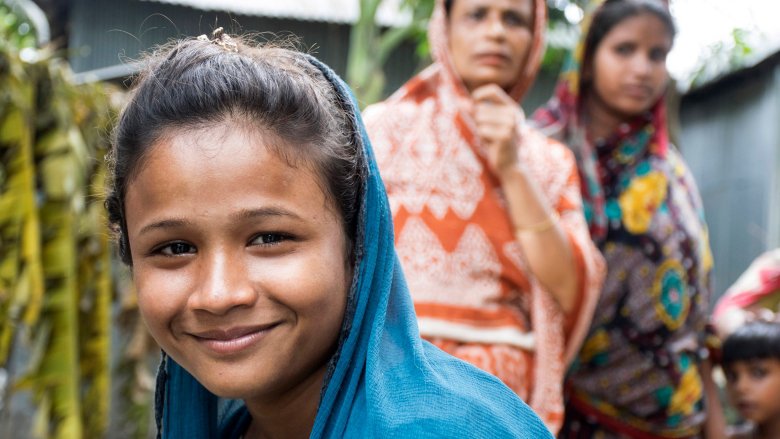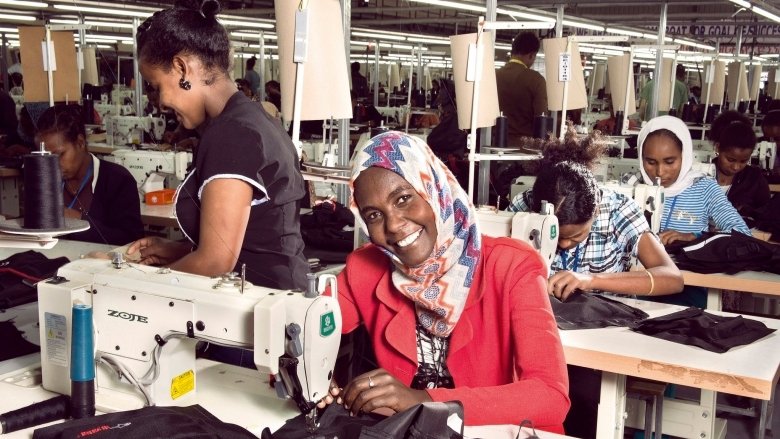Every year on 17 October, the world marks the International Day for the Eradication of Poverty, also known as End Poverty Day. This year the day’s theme puts a spotlight on decent work and social protection, putting dignity in practice for all.
Ending poverty remains a major global challenge. Today, almost 700 million people around the world live in extreme poverty, subsisting on less than $2.15 per day. After decades of sustained poverty reduction, a period of overlapping shocks and crises resulted in around three years of lost progress between 2020 and 2022.
At current rates of progress, the world will likely not meet the global goal of ending extreme poverty by 2030, with estimates indicating that nearly 600 million people will still be struggling with extreme poverty then.
Extreme poverty is concentrated in places where it will be hardest to eradicate— among the least developed countries, in conflict-affected areas, and in remote, rural areas. The outlook is also grim for the nearly 50 percent of the world’s population who live on less than $6.85 a day – the measure used for upper-middle-income countries.
The impacts of poverty are felt most strongly by the most vulnerable. A recent World Bank-UNICEF report found that children are more than twice as likely as adults to live in extreme poverty. They comprise more than half of those living in extreme poverty, yet their share of the total population is just 31 percent.
A multifaceted approach
“Ending poverty is a challenge that requires a multifaceted approach,” says Luis-Felipe Lopez-Calva, World Bank Global Director for Poverty & Equity. “Countries cannot adequately address poverty and inequality without also improving people’s well-being, including through more equitable access to health, education and basic infrastructure. Empowering women, girls and youth will maximize impact across communities and generations. Policy makers must intensify efforts to grow their economies while protecting the most vulnerable people and families. This includes strengthening investments in social protection systems.”


